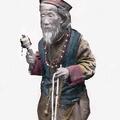Darjeeling. Kinchunjunga. No. 2
Kanchenjunga, the third highest mountain in the world, owes its name to the combination of two Tibetan words namely 'Kanchen' and 'Dzonga' that refers to 'Five Treasures of the Great Snow'. Five summits adorn Kanchenjunga (Kinchunjunga). From

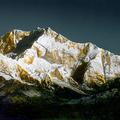
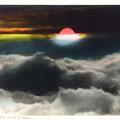
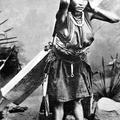
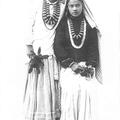
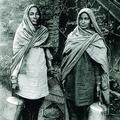
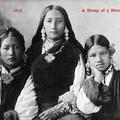
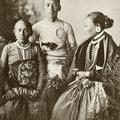
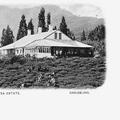
![Ladakus Border of Thibet {Ladhakis Border of Tibet] Ladakus Border of Thibet {Ladhakis Border of Tibet]](https://www.paperjewels.org/sites/default/files/styles/square_thumbnail/public/slides/ladakhis_0.jpg?itok=H83hek6v)
